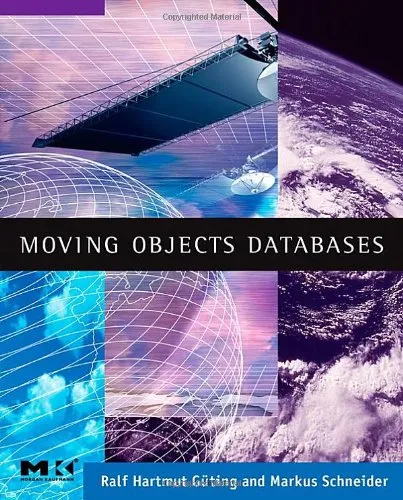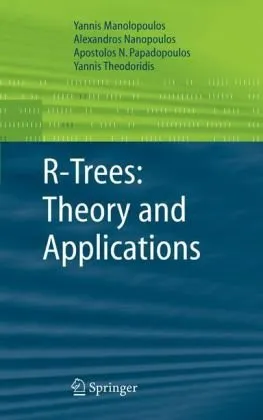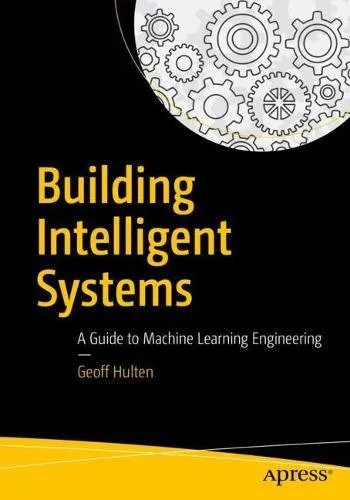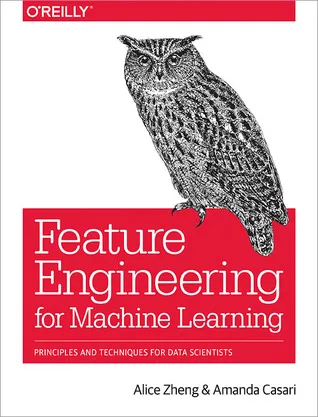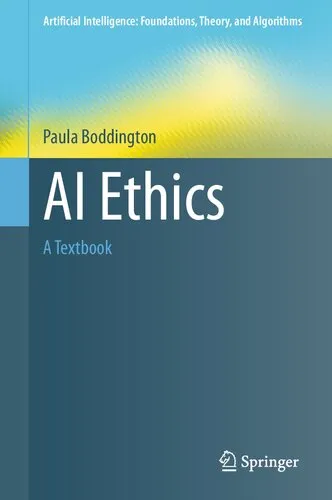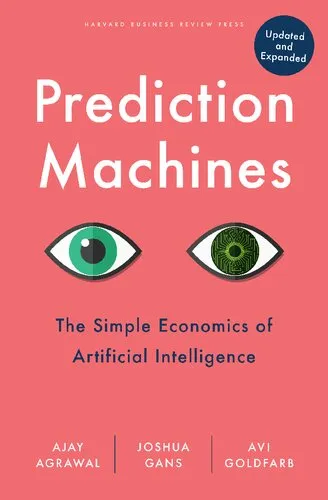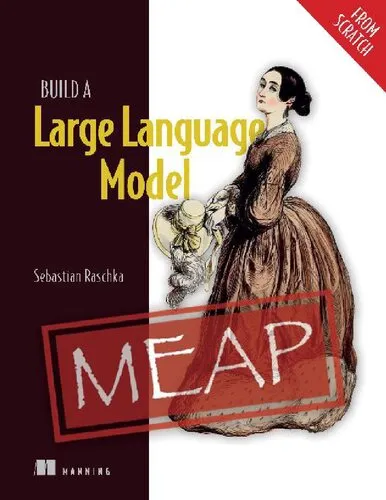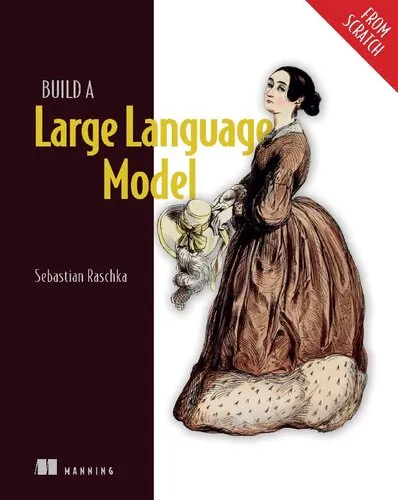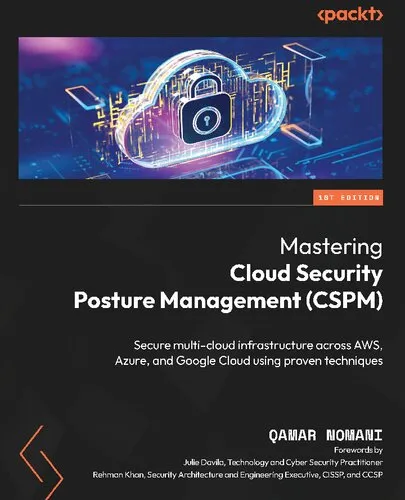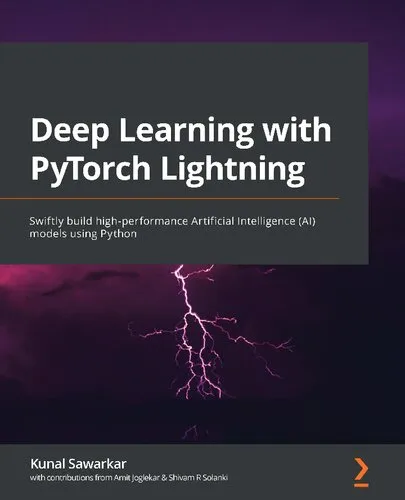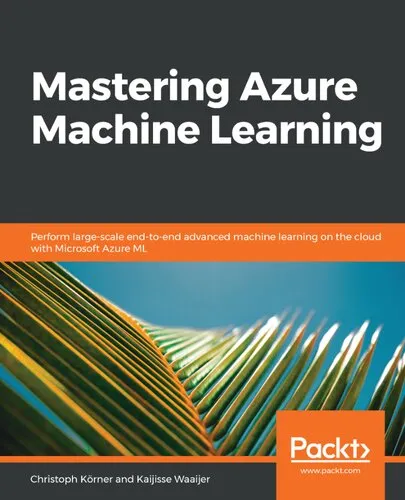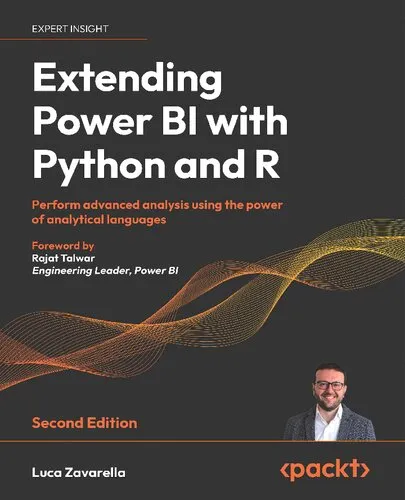Moving Objects Databases
4.3
Reviews from our users

You Can Ask your questions from this book's AI after Login
Each download or ask from book AI costs 2 points. To earn more free points, please visit the Points Guide Page and complete some valuable actions.Related Refrences:
The current trends in consumer electronics--including the use of GPS-equipped PDAs, phones, and vehicles, as well as the RFID-tag tracking and sensor networks--require the database support of a specific flavor of spatio-temporal databases. These we call Moving Objects Databases. Why do you need this book? With current systems, most data management professionals are not able to smoothly integrate spatio-temporal data from moving objects, making data from, say, the path of a hurricane very difficult to model, design, and query. Whether your field is geology, national security, urban planning, mobile computing, or almost anything in between, this book's concepts and techniques will help you solve the data management problems associated with this kind of data. + Focuses on the modeling and design of data from moving objects--such as people, animals, vehicles, hurricanes, forest fires, oil spills, armies, or other objects--as well as the storage, retrieval, and querying of that very voluminous data. + Demonstrates through many practical examples and illustrations how new concepts and techniques are used to integrate time and space in database applications. + Provides exercises and solutions in each chapter to enable the reader to explore recent research results in practice. Click here to view more details on Moving Objects Databases (Preface, TOC, Chapter 1, References, etc.).
Free Direct Download
You Can Download this book after Login
Accessing books through legal platforms and public libraries not only supports the rights of authors and publishers but also contributes to the sustainability of reading culture. Before downloading, please take a moment to consider these options.
Find this book on other platforms:
WorldCat helps you find books in libraries worldwide.
See ratings, reviews, and discussions on Goodreads.
Find and buy rare or used books on AbeBooks.
1201
بازدید4.3
امتیاز0
نظر98%
رضایتReviews:
4.3
Based on 0 users review
Questions & Answers
Ask questions about this book or help others by answering
Please login to ask a question
No questions yet. Be the first to ask!
